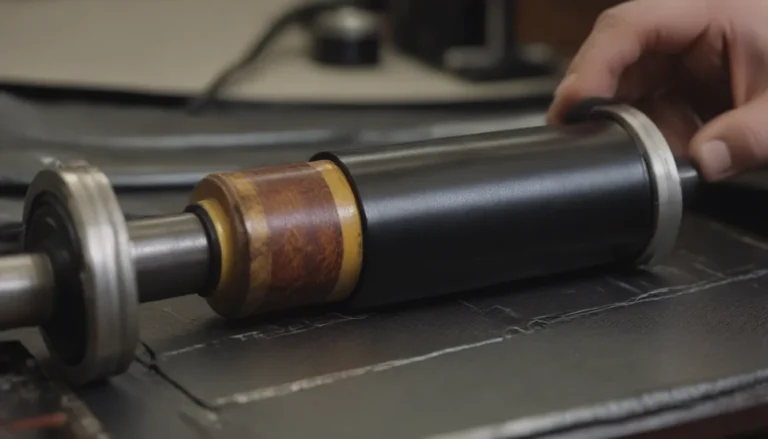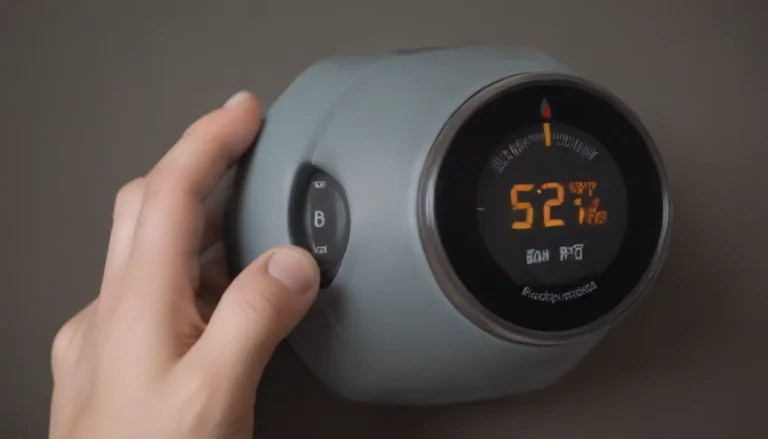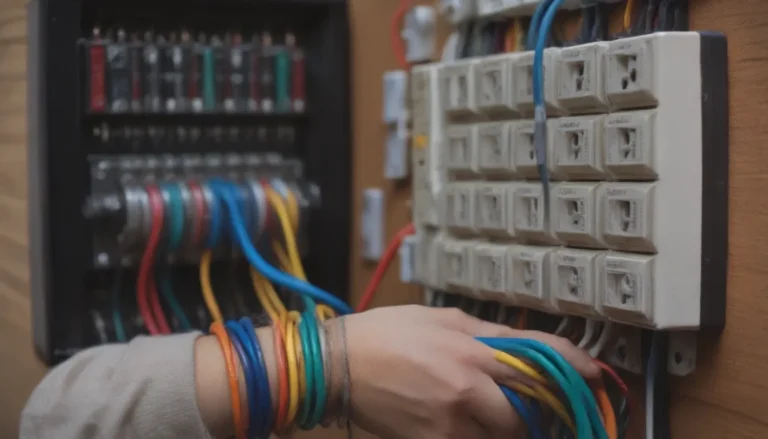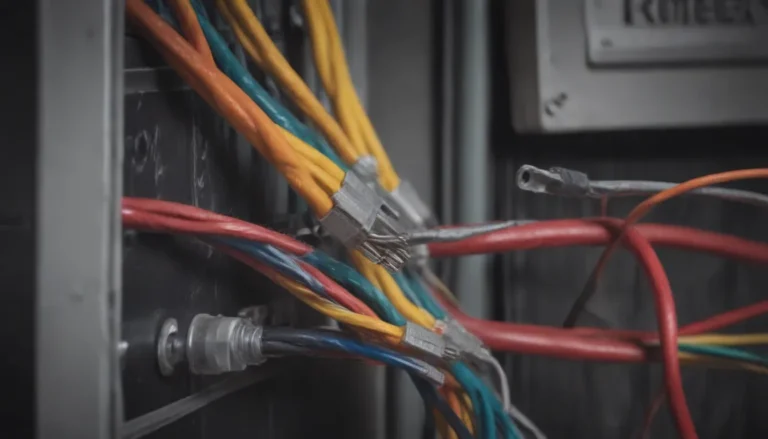Exploring Basement Subfloor Options: A Comprehensive Guide
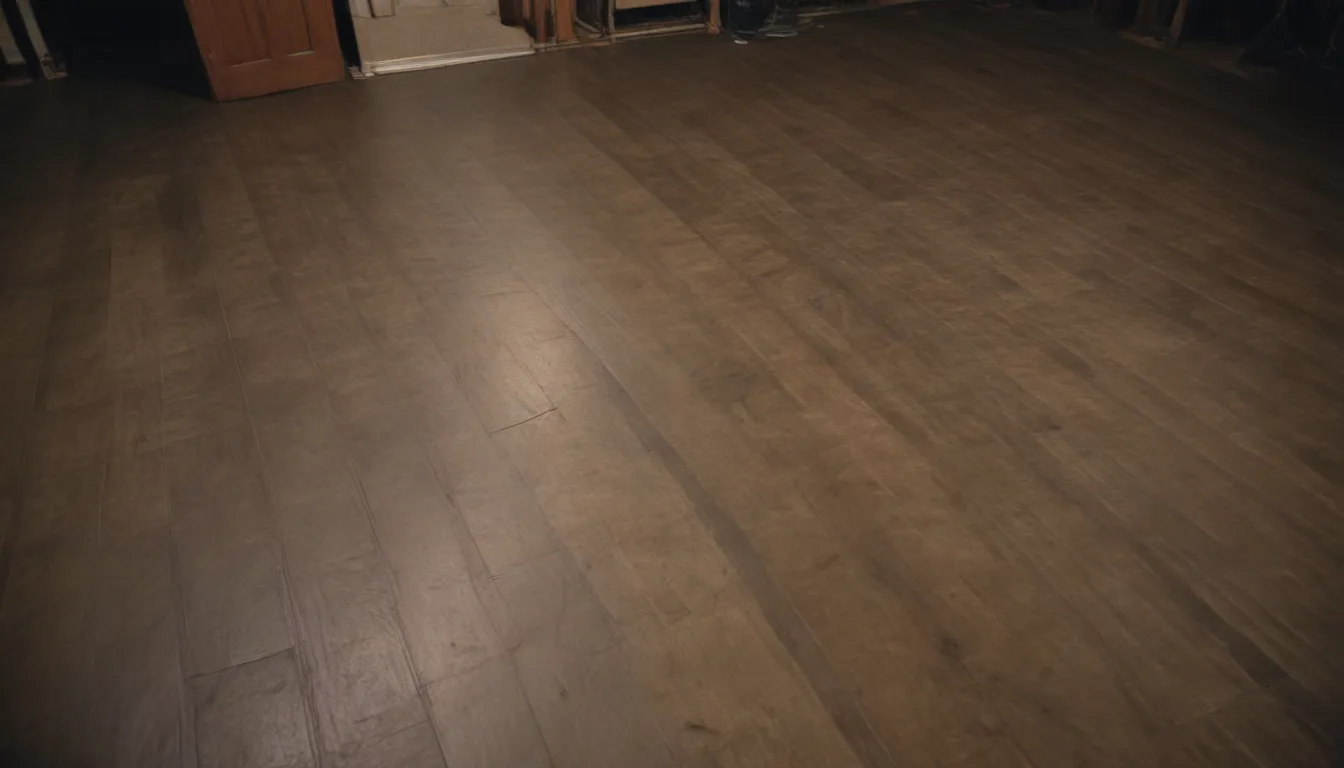
Are you planning to install a new floor covering in your basement? If so, a basement subfloor is a crucial component to consider. A basement subfloor is a layer that lies below the floor covering, such as carpeting or laminate, and above the concrete base. This essential layer helps control moisture and provides a thermal break to regulate temperatures in your basement.
In this detailed guide, we will take a closer look at four different basement subfloor options: sleeper systems, floating plywood, rigid foam insulation, and premade subfloor systems. By understanding the advantages and disadvantages of each option, you can make an informed decision that best suits your basement flooring needs.
What is a Basement Subfloor?
Before we delve into the various basement subfloor options, let’s discuss what a basement subfloor actually is. A basement subfloor consists of one or more layers that are situated between the top-most floor covering and the bottom-most base floor in a basement. The primary purpose of a basement subfloor is to control moisture levels and regulate temperatures in the space.
Factors to Consider When Choosing a Basement Subfloor
When selecting a basement subfloor option, there are several important factors to take into account. These factors include:
- Moisture: Ensuring that the subfloor effectively manages moisture levels in the basement.
- Temperatures: Providing a thermal break to control temperatures and enhance comfort.
- Height: Considering the height requirements of the subfloor in relation to the basement space.
- Installation: Assessing the ease of installation and any additional requirements.
- Cost: Evaluating the overall cost of the subfloor option, including materials and installation.
Now that we have a better understanding of what a basement subfloor is and the key factors to consider, let’s explore the four basement subfloor options in more detail.
1. Sleeper System Subfloor
The sleeper system subfloor involves constructing a subfloor using two-by-fours topped with plywood. This traditional method is cost-effective, but it requires sufficient height in the basement space to accommodate the sleepers. One advantage of the sleeper system is its minimal cost, but the downside is the potential height constraints due to the use of two-by-fours.
Tip: Utilize vapor retarder sheeting and exterior-grade plywood for optimal performance of the sleeper system subfloor.
2. Floating Plywood Subfloor
A floating plywood subfloor is a budget-friendly option where the floor is not attached to the lower layer it rests on. With only plastic sheeting separating the concrete and plywood, this type of subfloor is thin and easy to install. The floating plywood subfloor prevents air and water from flowing underneath, making it a practical choice for basement flooring.
3. Rigid Foam Insulation Subfloor
Rigid foam insulation is an excellent basement subfloor option as it provides a thermal break between the concrete and flooring. These large, thick foam panels are readily available at home centers and offer a fast and cost-effective way to create a subfloor. While rigid foam insulation effectively regulates temperatures, it does not allow air or water to pass through underneath.
4. Premade Subfloor Systems
Premade subfloor systems offer a convenient alternative to traditional DIY methods by combining all necessary layers into pre-assembled tiles or panels. These systems are quick to install and eliminate the need for multiple layers. However, the main drawback is the higher cost associated with premade subfloor systems. Brands like Barricade and Tyroc provide innovative solutions with thin profiles and effective insulation properties.
In conclusion, selecting the right basement subfloor option is crucial for providing a stable and comfortable foundation for your basement flooring. By considering factors such as moisture control, temperature regulation, height requirements, installation ease, and cost, you can choose the best subfloor option that meets your needs. Whether you opt for a sleeper system, floating plywood, rigid foam insulation, or premade subfloor system, each option offers unique advantages and considerations to enhance your basement living space.
For more information on basement subfloor options and best practices for basement flooring, consult resources such as the “Urban Flooding Awareness Act Report” by Winters, Brad et al. (2015) from the Illinois Department of Natural Resources.
Transform your basement into a cozy and functional living area with the right basement subfloor choice. With the knowledge and insights gained from this comprehensive guide, you can make informed decisions for your basement renovation projects. Embrace the possibilities of basement subflooring and create a space that is both practical and inviting for years to come. Elevate your basement flooring with the perfect subfloor solution tailored to your unique needs and preferences.

